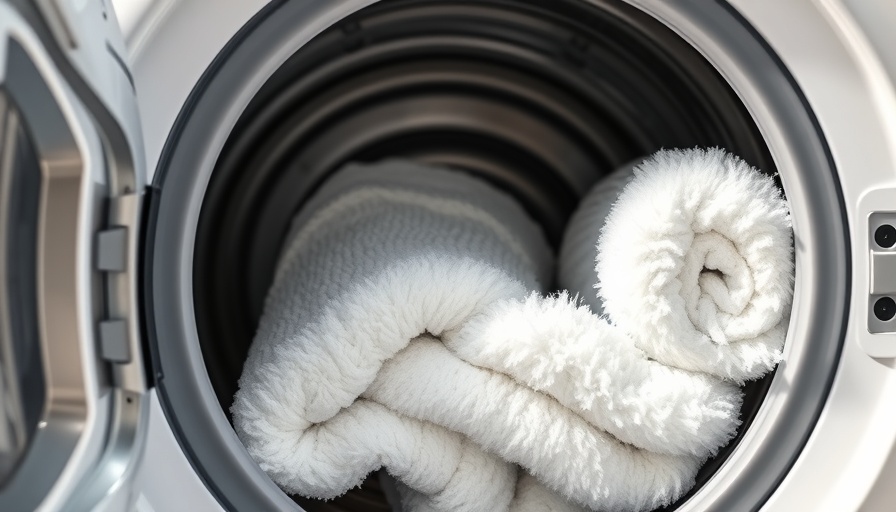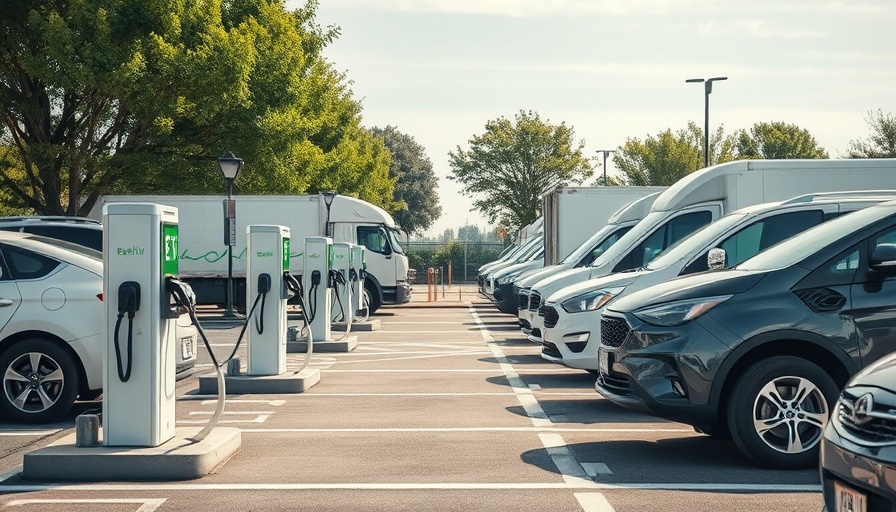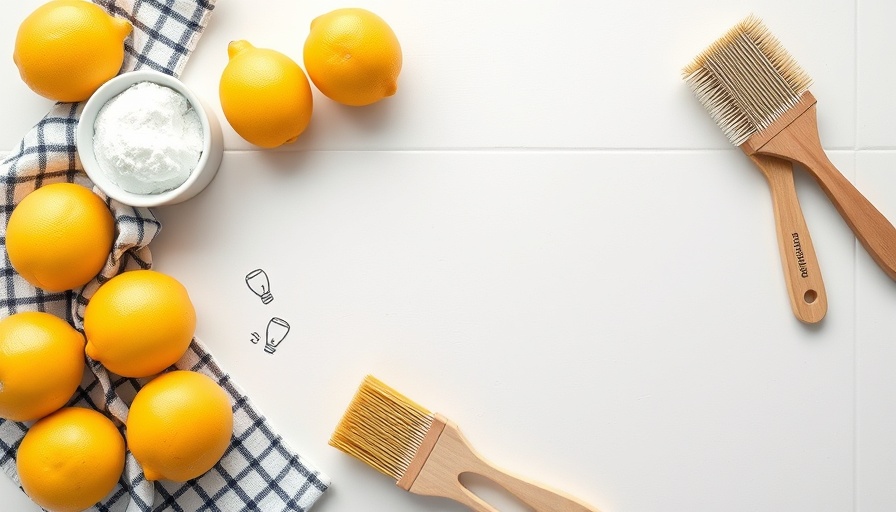
Understanding Towel Hygiene: How Many Uses Before a Wash?
There's nothing quite like the feeling of wrapping yourself in a fresh towel after a shower, but how often should we be washing these fabrics that cozy up against our skin? The answer isn’t as straightforward as ‘when it smells bad’ or ‘after every use.’ Experts recommend washing towels after three to five uses. This advice might seem surprisingly lax, but there are several factors to consider, including the type of towel, your personal hygiene, and your drying methods.
The Germ Factor: What’s Really Living on Your Towel?
While towels may look clean, they can harbor millions of bacteria. A study showed that towels can become breeding grounds for germs, especially with prolonged wetness. Research indicates that using a towel multiple times without washing can lead to an increase in bacteria, especially if the towel isn't dried properly between uses. To keep this in check, ensure that after each use, your towel is hung up to dry - a damp towel is an invitation for bacteria to thrive!
Drying Techniques and Their Impact on Hygiene
Drying your towel correctly is crucial. If you hang your towel in a tight space or let it languish in a damp washing machine, you're setting it up to harbor unwanted bacteria. Instead, consider using a towel rack that allows for air circulation or even investing in a towel warmer. Not only does it keep your towels toasty, but it also ensures they dry completely, minimizing the risk of germ growth.
Limitations of Common Myths
One common myth is that towels used solely for drying clean bodies don’t need washing as often. However, even a clean person sheds skin cells and sweat, contributing to a towel's bacteria count. Additionally, towels used for hair or gym workouts should be washed more frequently (after each use) as they collect more moisture and contaminants.
Choosing the Right Towels: The Fabric Factor
Cotton, microfiber, and bamboo towels each have different drying and cleaning behaviors. For example, microfiber towels dry quickly and resist bacteria better than heavier cotton towels. The choice of material can thus influence how many times you can use a towel before it needs washing.
Guidelines for a Tidy Towel Routine
Adhering to these simple guidelines can keep your towel used to a minimum while ensuring cleanliness. Always have at least two towels per person - one for daily use and another for backup. Also, wash towels separately from your regular laundry, especially from clothing, to maintain cleanliness and prevent cross-contamination.
Recommendations for Sustainable Practices
In an age where sustainability is critical, consider how often you wash your towels in relation to water and energy consumption. Aim for that sweet spot of cleanliness without overdoing laundry. Choosing eco-friendly detergents can also support your sustainability goals, ensuring both hygiene and environmental care.
Final Thoughts: Balancing Cleanliness With Convenience
The conclusion is simple: while you can stretch the life of your trusty towel, a bit of common sense mixed with best practices is key to maintaining a healthy home. Ultimately, the best practice is to listen to your towels. If they start to smell funky or you can’t quite shake off that damp feeling, it’s time for a trip to the wash!
 Add Row
Add Row  Add
Add 



Write A Comment